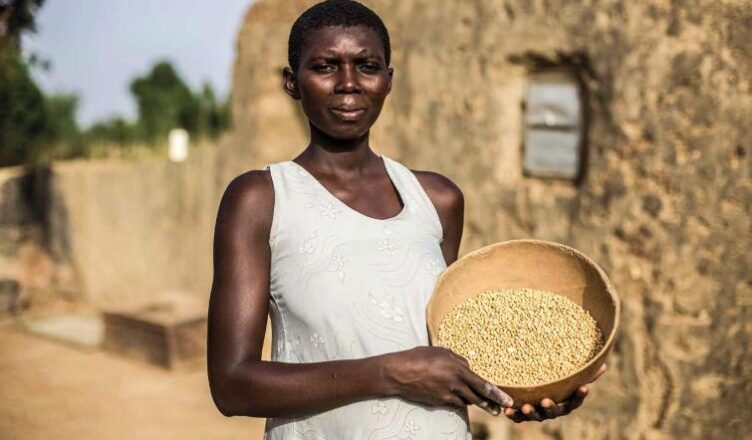A recent report has shed light on the unequal impact of food insecurity, with women being disproportionately affected compared to men. The study highlights the urgent need to address this gender disparity and implement targeted interventions to ensure food security for all.
According to a comprehensive analysis conducted by researchers, women experience higher rates of food insecurity compared to men. The findings underscore the complex socio-economic factors that contribute to this disparity, necessitating a multifaceted approach to address the issue effectively.
Root Causes of Gender Disparity in Food Insecurity:The report identifies several key factors that contribute to the higher prevalence of food insecurity among women.
These factors include limited access to resources, such as land and credit, gender-based discrimination, and unequal opportunities for education and employment.
Additionally, women’s roles as primary caregivers and their limited decision-making power within households further exacerbate their vulnerability to food insecurity.
Access to Resources: In many communities, women face significant barriers to accessing essential resources for food production and livelihoods.
Limited land ownership rights and unequal access to credit and financial services restrict their ability to engage in agricultural activities or start income-generating ventures.
This lack of economic empowerment significantly hampers women’s capacity to secure an adequate food supply for themselves and their families.
Gender-Based Discrimination: Deep-rooted gender biases and discriminatory practices perpetuate the unequal distribution of resources and opportunities.
Women often face obstacles in terms of accessing education and training, which limits their skills development and economic prospects.
Moreover, discriminatory social norms and cultural expectations restrict women’s participation in decision-making processes, including those related to food production and distribution.
Care-giving Responsibilities: Women frequently shoulder the primary responsibility for childcare and household chores, leaving them with limited time and energy to engage in income-generating activities. The disproportionate burden of unpaid care work further constrains their ability to pursue economic opportunities and exacerbates their vulnerability to food insecurity.
Addressing the Gender Disparity: To address the gender disparity in food insecurity effectively, comprehensive strategies are needed. These strategies should focus on empowering women economically, promoting gender equality, and enhancing women’s access to resources. Here are some key recommendations derived from the report:
Enhancing women’s land rights and access to credit to facilitate their participation in agriculture and income-generating activities.
Promoting education and skills development opportunities for girls and women, ensuring equal access to quality education.
Encouraging gender-responsive policies and legislation that promote women’s economic empowerment and address gender-based discrimination.
Investing in infrastructure development, such as irrigation systems and storage facilities, to improve agricultural productivity and reduce post-harvest losses.
Encouraging women’s participation and leadership in decision-making processes related to food security and agriculture.
Conclusively the report’s findings emphasize the urgent need for targeted interventions to address the gender disparities in food insecurity and by implementing comprehensive strategies that empower women, promote gender equality, and enhance access to resources, societies can work towards achieving food security for all, regardless of gender. Only through collective efforts and inclusive approaches can we create a future where everyone has access to sufficient, nutritious food.

